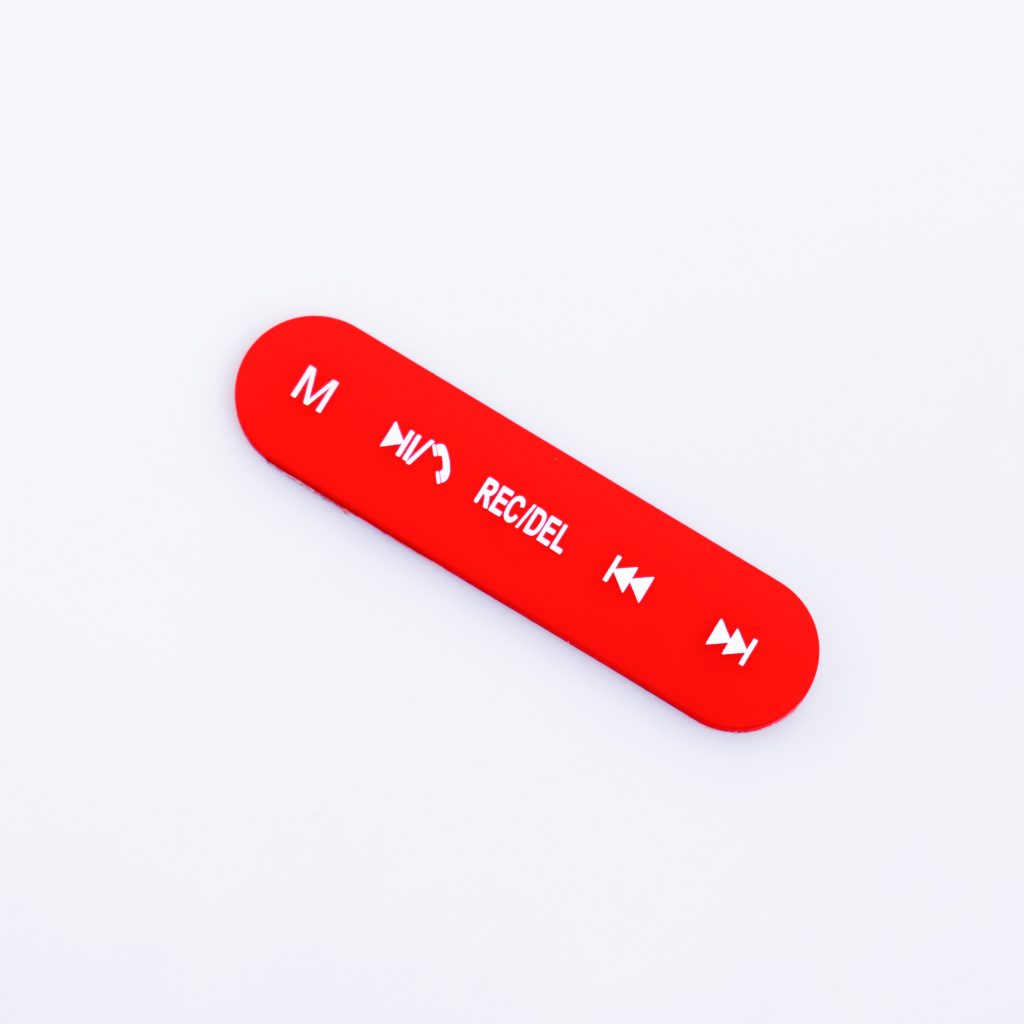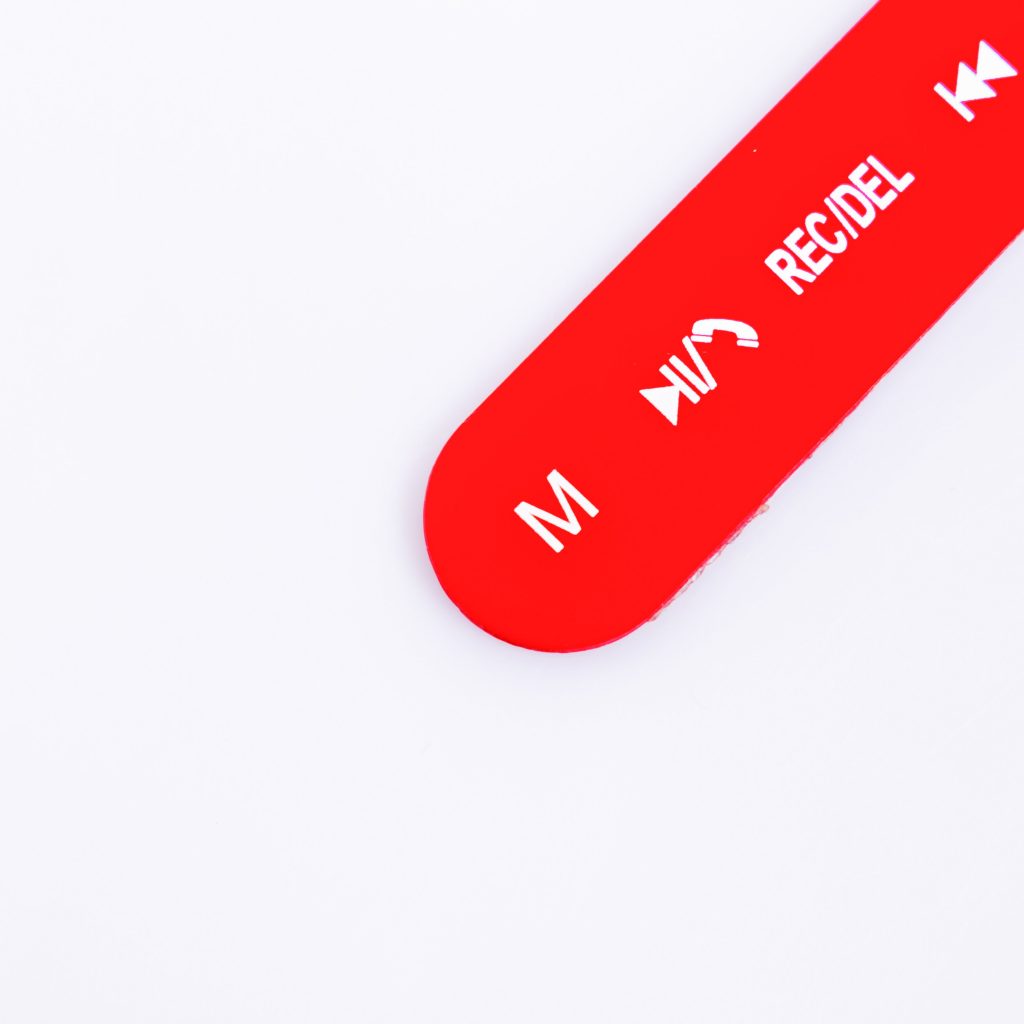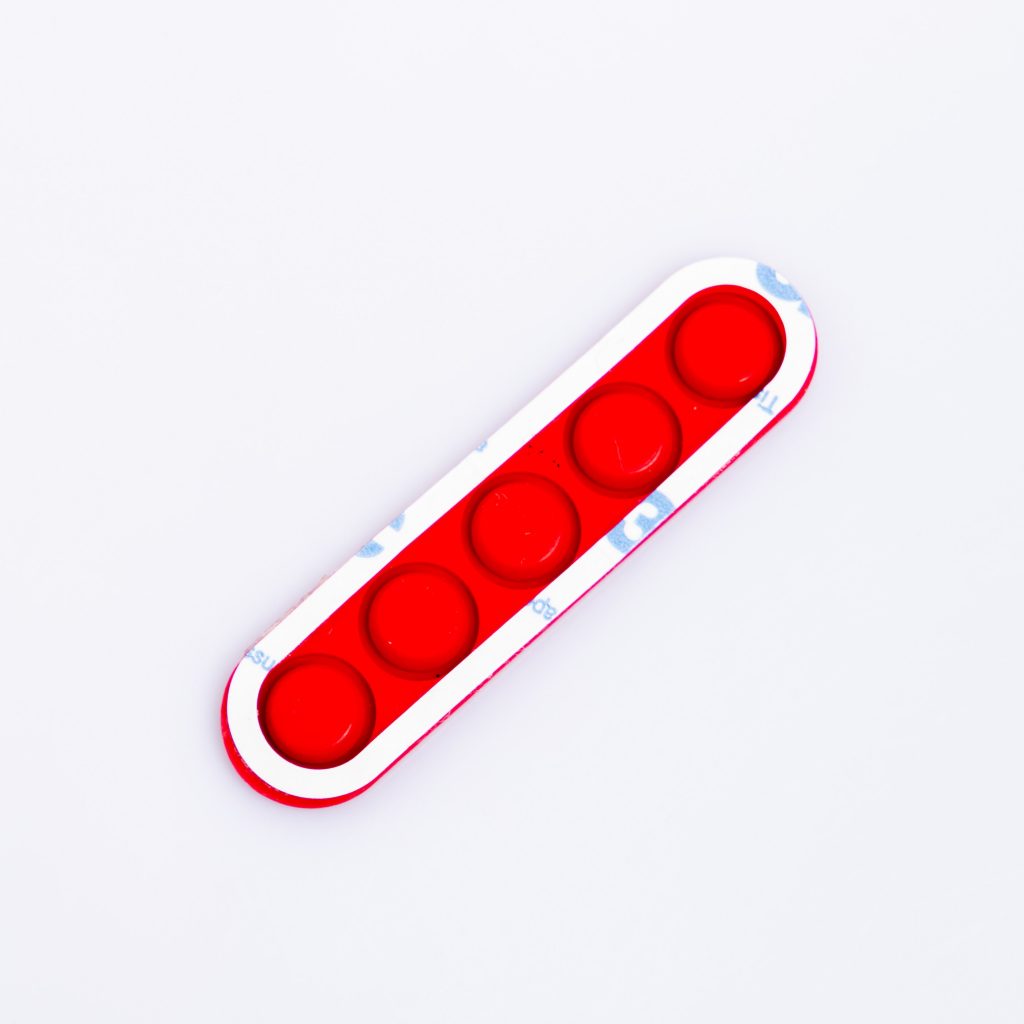Contact
Write to Us And We Would Be Happy to Advise You.
Do you have any questions, or would you like to speak directly with a representative?
By hqt
In the world of printing, screen printing has been a popular technique for creating vibrant and long-lasting designs on various surfaces. Whether you’re printing on t-shirts, posters, or other materials, it’s essential to ensure the service life of your screen printing is optimized. By implementing the right methods, you can extend the durability and quality of your prints, making them more resistant to wear and tear. In this article, we will explore four effective methods to improve the service life of screen printing, providing you with valuable insights and practical tips. So let’s dive in and discover how you can enhance the longevity of your screen prints!



Screen printing is a versatile technique that allows for intricate and vibrant designs. However, the prints can be subjected to various elements that can diminish their quality over time. Factors such as frequent washing, exposure to sunlight, and general wear and tear can cause the prints to fade, crack, or peel. To ensure the longevity of your screen prints, it is crucial to adopt methods that enhance their durability and resistance. By implementing the following four methods, you can significantly improve the service life of your screen printing projects, preserving their vibrancy and visual appeal for an extended period.
Method 1: Selecting High-Quality Inks and Materials
The foundation of long-lasting screen printing starts with choosing the right inks and materials. Opt for high-quality, fade-resistant inks that are specifically formulated for screen printing applications. These inks are designed to withstand repeated washing and exposure to external elements without losing their color intensity. Additionally, select materials such as cotton or polyester blends that provide durability and are less prone to stretching or shrinking. Investing in premium inks and materials is an effective way to ensure the longevity of your screen prints.
Method 2: Proper Screen Preparation and Cleaning
To achieve optimal results with screen printing, it’s crucial to ensure proper screen preparation and regular cleaning. Before starting a new printing project, thoroughly clean the screen to remove any residue or ink from previous prints. This prevents unwanted smudging or mixing of colors, ensuring crisp and accurate designs. Additionally, ensure that the screen is properly tensioned to achieve consistent and precise prints. Regularly inspect and clean the screen during and after printing sessions to remove any excess ink or debris that may affect the quality of subsequent prints.
Method 3: Implementing Proper Curing Techniques
Curing plays a vital role in the longevity of screen prints. Properly cured prints are more resistant to fading, cracking, or peeling, ensuring their durability over time. The curing process involves heat-setting the prints to bond the ink to the fabric or material effectively. Follow the recommended curing instructions provided by the ink manufacturer, which typically involve applying heat using a heat press or conveyor dryer. Ensure that the prints are cured for the appropriate duration and at the recommended temperature to achieve optimal adhesion and durability.
Method 4: Providing Care Instructions to End Users
Even with the best printing techniques, the longevity of screen prints can be affected by how they are cared for by end users. To ensure your prints maintain their quality, provide clear and concise care instructions to your customers. Include information on washing temperatures, recommended detergents, and instructions for ironing or tumble drying. Educate your customers about the best practices for preserving the vibrancy and longevity of the prints. By empowering end users with proper care knowledge, you can significantly extend the service life of your screen printing projects.
Q: How often should I clean the screen during a printing session?
A: It’s recommended to clean the screen after every few prints to prevent the buildup of excess ink or debris. Regular cleaning ensures consistent print quality and prevents clogging of the screen mesh.
Q: Can I use regular fabric inks for screen printing?
A: Regular fabric inks may not provide the desired durability for screen printing. It is advisable to use inks specifically formulated for screen printing applications, as they offer better color fastness and resistance to washing and fading.
Q: What is the ideal temperature and duration for curing screen prints?
A: The ideal temperature and duration for curing screen prints depend on the type of ink used. Follow the curing instructions provided by the ink manufacturer for optimal results. Generally, a temperature of around 320-350°F (160-177°C) and a curing time of 30-60 seconds are suitable for most screen printing inks.
Q: Can I use bleach on screen-printed garments?
A: Bleach can cause fading and damage to screen prints. It is best to avoid using bleach or any harsh chemicals when washing screen-printed garments. Instead, opt for mild detergents and follow the care instructions provided.
Q: How can I prevent screen prints from sticking together when stored?
A: To prevent screen prints from sticking together when stored, ensure that the prints are completely dry before stacking or folding them. Use tissue paper or parchment paper between prints to create a barrier and prevent ink transfer.
Q: Can I apply a clear protective coating over screen prints?
A: Yes, applying a clear protective coating, such as a textile sealer or varnish, can help enhance the durability and longevity of screen prints. This additional layer provides an extra level of protection against abrasion and fading.
Ensuring the service life of your screen printing involves implementing effective methods that enhance durability and resistance. By selecting high-quality inks and materials, preparing and cleaning screens properly, implementing proper curing techniques, and providing care instructions to end users, you can significantly improve the longevity of your screen prints. Remember to choose fade-resistant inks, follow the recommended curing instructions, and educate your customers on proper care practices. By incorporating these four methods into your screen printing process, you can create prints that withstand the test of time, preserving their vibrancy and visual appeal.
Do you have any questions, or would you like to speak directly with a representative?